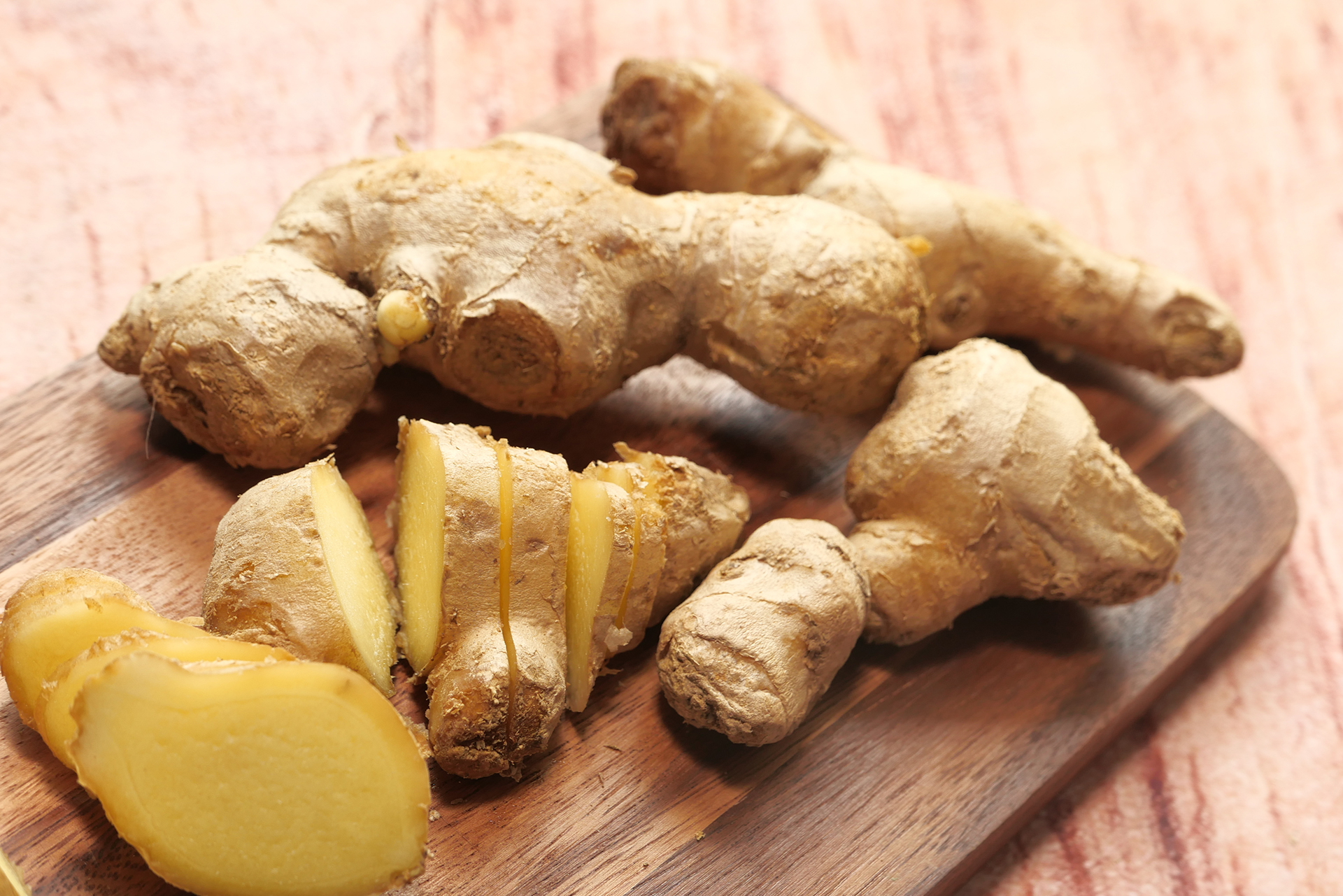How to store ginger – 4 simple ways to keep it fresh
Take a look at how to store ginger you’ve selected in a store or grown in your own garden


Asking how to store ginger to get maximum value from this wonderfully versatile ingredient? Its flavor enhances a huge range of sweet and savory dishes, as well as drinks, and using the fresh version brings more sweetness and complexity of flavor to recipes and brews compared to ground.
But to make the most of what’s often called a root but is in fact a rhizome or subterranean stem, it’s essential to know how to store it for maximum life whether you have learned how to grow ginger outdoors or in pots and are harvesting your own crop, or buying it in a store, and this is the lowdown on how to store ginger.
How to store ginger
Only a small amount of ginger is needed for seasoning, so you’re likely to have some left over. ‘Since it is usually sold by the pound, choose a rhizome that fits your needs as closely as possible,’ recommends Marlene Geiger at Iowa State University Extension and Outreach.
But you’ll want to be able to use what remains of your purchase as well as keep the rhizomes grown in your garden, and this is how to store ginger.
1. Assess the ginger root
To be able to store fresh ginger, the root (or in fact rhizome) needs to be in good condition. Look for any mold or spoiling as well as checking how it smells. If it fails on any of these counts, it should not be stored.
2. Keep ginger on the counter
If you are going to be using it soon, it is possible to store ginger on the counter for a couple of days. Put it in a basket or on a plate so that it is well ventilated and keep it out of direct sunlight.
3. Store ginger in the refrigerator
Better than storing ginger on the counter is to put it into the refrigerator in its unpeeled state.
Design expertise in your inbox – from inspiring decorating ideas and beautiful celebrity homes to practical gardening advice and shopping round-ups.
‘Store ginger root tightly wrapped in a paper towel or plastic wrap (or put into a plastic bag) in the refrigerator for two to three weeks,’ say the experts at the University of Minnesota Extension.
Keep checking for any signs that it is deteriorating, as above, and discard it if it’s soft, moldy, discolored, or doesn’t smell good.
Ginger that has been peeled can also be stored in the refrigerator, but it won’t last as long as unpeeled ginger.
4. Freeze ginger
To store ginger for a period longer than it will keep in the refrigerator, you can freeze it. It can be frozen in pieces, or it can be finely chopped or grated.
Peel the ginger first. To freeze it in pieces, wrap them in a freezer bag or plastic wrap, excluding as much air as possible. Put into the freezer.
‘Grated or chopped pieces freeze better by making small piles on a parchment lined baking sheet or in an ice cube tray,’ says Marlene Geiger. These should be placed in the freezer for a couple of hours, she says, then once the small piles are frozen these should be put into a freezer bag, again removing as much air as possible.
How long can you store fresh ginger? ‘Fresh ginger will maintain its best quality in the freezer for about three months but will remain safe well beyond that time,’ Marlene says.
How do you store ginger root long term?
To store ginger root long term successfully, think about the time frame in which you’ll use it. ‘If left unpeeled, it can keep for up to three weeks in refrigeration or up to six months frozen,’ say Joseph Masabni and Stephen King, assistant professor and Extension horticulturist, and former associate professor, Texas A&M department of horticultural sciences, The Texas A&M University System.
Another alternative is to preserve it in alcohol. Put peeled ginger into a glass jar and cover it with vodka or sherry. This should preserve the ginger for a few weeks but watch out for any cloudiness of the alcohol and discard both it and the ginger if it does cloud.
How can you tell if ginger is bad?
To tell if ginger is bad, consider its firmness. If it’s gone soft or mushy, discard it. Look for mold, too. Some people will cut spots of mold out, but we’d advise starting over with fresh ginger.
Other signs include gray flesh. Don’t use ginger that’s turned this color in your recipes. And if the ginger smells bad, it should not be used.
Note that a ginger rhizome does have a rough and knotty texture and light brown color naturally, so don’t think that this means it has gone bad.

Sarah is a freelance journalist and editor. Previously executive editor of Ideal Home, she’s specialized in interiors, property and gardens for over 20 years, and covers interior design, house design, gardens, and cleaning and organizing a home for Homes & Gardens. She’s written for websites, including Houzz, Channel 4’s flagship website, 4Homes, and Future’s T3; national newspapers, including The Guardian; and magazines including Future’s Country Homes & Interiors, Homebuilding & Renovating, Period Living, and Style at Home, as well as House Beautiful, Good Homes, Grand Designs, Homes & Antiques, LandLove and The English Home among others. It’s no big surprise that she likes to put what she writes about into practice, and is a serial house renovator.